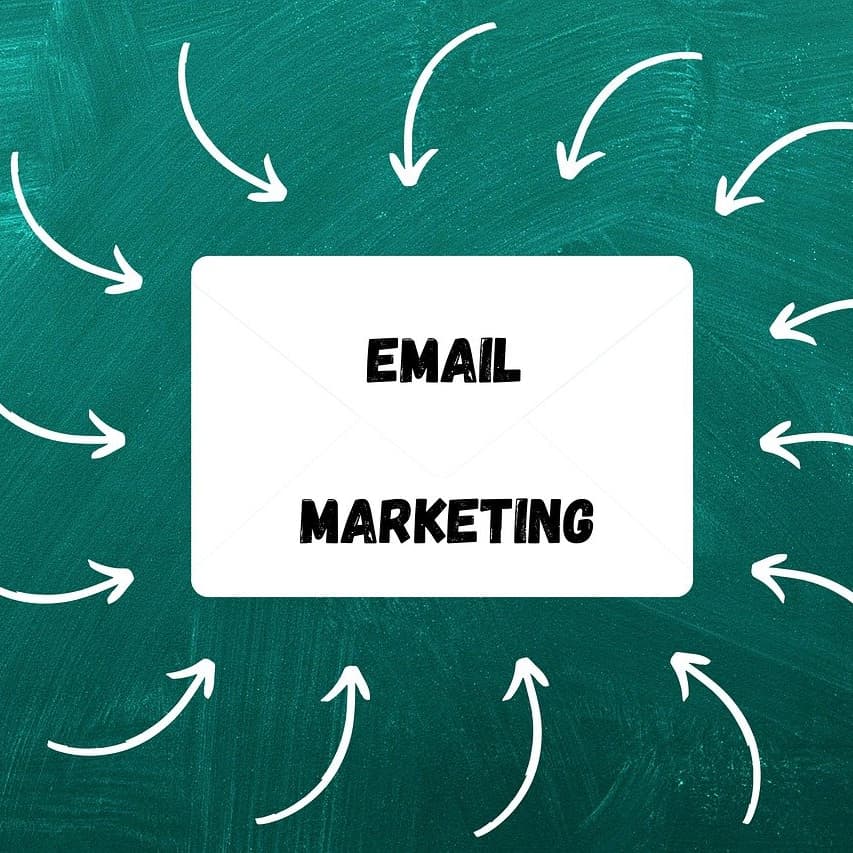
Eli Lilly hits $1T; tests employer route for GLP-1 access
Eli Lilly’s market value briefly reaching $1 trillion and a new plan to sell its obesity drugs through employers set the tone for the stock’s latest move. Together, the valuation milestone and access strategy sharpen the narrative around demand durability, pricing, and competitive positioning heading into 2026.
A $1 Trillion Milestone Puts Health Care at the Top Table
Eli Lilly briefly crossed the $1 trillion market-cap threshold on Nov. 21, 2025, becoming the first health care company to do so—an inflection point underpinned by outsize demand for its GLP-1/GIP franchise and a string of operating beats and guidance raises. The shares touched roughly $1,059 on the day as investors leaned into momentum built by Zepbound (obesity) and Mounjaro (type 2 diabetes), while management’s second raise to full-year sales and EPS guidance reinforced a higher earnings base for 2025. In Q3, Lilly reported total revenue of $17.6 billion (up 54% year over year), with Mounjaro at $6.52 billion and Zepbound at $3.59 billion, both ahead of analyst consensus, and adjusted EPS of $7.02 topping expectations. The milestone was highlighted in coverage that also pointed to the company’s gains versus rival Novo Nordisk and the expanding opportunity set in weight-loss therapeutics, even as competitive dynamics remain fluid.
Contextually, the market’s acknowledgement of Lilly’s scale is more than symbolic. It embeds a view that the company’s production ramp, international launches, and pipeline optionality are increasingly visible and monetizable. It also suggests investors are starting to price in the next leg of growth beyond the initial GLP-1 wave—whether through label expansions, oral GLP-1/GIP programs, or adjacent cardiometabolic indications. Price action into the prior trading session reflected this, with the shares notching a fresh high and closing the week stronger as liquidity chased mega-cap health care exposure.
AI Insight on this Event:
- Sentiment: Bullish
- Confidence Score: The AI model assesses the immediate impact of this event with a confidence of 0.88.
- Impact Analysis: This milestone matters because it validates Lilly’s GLP-1/GIP-driven operating leverage and signals sustained investor confidence in 2025–2026 earnings power, even as the company invests in capacity and access.
Lilly Pilots Employer-Directed Access for Zepbound
In a separate development with potentially meaningful commercial ramifications, Lilly plans to sell Zepbound (and competitor Wegovy, via program facilitation) through an employer-directed channel that leverages Waltz Health starting Jan. 1. The approach aims to broaden access for employers that don’t currently cover obesity drugs, with four employers already signed and a target of reaching 100,000 people by the end of Q1, according to Waltz Health CEO Mark Thierer. While specific negotiated prices weren’t disclosed, the program was described as “the absolute cheapest way” for employees on a company plan to access the drugs. This complements the companies’ direct-to-consumer online discount channels and could serve as a bridge for employers hesitant to add full pharmacy benefit coverage for weight management in the near term.
Strategically, the employer route addresses two constraints: coverage variability for weight-loss indications and persistency hurdles tied to out-of-pocket burdens. By creating a structured, employer-mediated path with transparent economics, Lilly can expand the funnel of eligible patients and potentially improve adherence through lower net costs and more predictable access. It also helps management sidestep some of the friction in the traditional PBM model while testing a chassis that could later integrate with broader coverage frameworks as real-world outcomes data accumulates.
For payers and benefits managers, the program may offer a measured way to observe utilization patterns and ROI on cardiometabolic risk reduction prior to full-scale benefit adoption. For patients, it shortens the distance between demand and supply by placing affordability tools closer to the point of benefits decision-making.
AI Insight on this Event:
- Sentiment: Bullish
- Confidence Score: The AI model rates the immediate impact of the employer-directed program with a confidence of 0.76.
- Impact Analysis: This access design is significant because it targets the main bottleneck—coverage and affordability—potentially lifting initiation and persistence rates while containing per-member costs for employers, which could translate into steadier, higher-quality revenue for Lilly.
Overall AI Insight & Synthesis
- Aggregate Sentiment: Synthesizing all of today’s developments, the overall short-term sentiment for Eli Lilly is assessed as Bullish.
- Overall Confidence Score: The AI model’s aggregate confidence in this outlook is 0.83.
- Key Drivers Summary:
- Positive Driver: The $1T milestone is anchored in strong operational prints, raised guidance, and a durable GLP-1/GIP growth engine—signals of sustained earnings visibility.
- Negative/Neutral Driver: Competitive responses and pricing adjustments across the GLP-1 landscape remain a watch item, with potential cross-currents on net price and formulary dynamics.
- Forward Outlook: The combination of valuation validation and pragmatic access expansion suggests LLY could retain positive momentum in the near term. Investors will watch execution on the employer channel, supply scaling, and any incremental data readouts that could broaden indications or reinforce comparative efficacy. While pricing competition may introduce periodic volatility, Lilly’s capacity expansion and diversified cardiometabolic roadmap provide a buffer against single-issue risk.
About This Analysis:
This report was generated by the “Stock News Report” Agent from Bika.ai . The agent blends real-time, multi-source news intake with event-level AI scoring and confidence metrics, helping readers see not just what happened—but how much it matters. It also auto-generates clean SEO elements and citation hygiene so you can share and search faster.
Disclaimer: This article is for informational purposes only and is based on publicly available information. It does not constitute financial or investment advice. Readers should conduct their own research before making any investment decisions.

Recommend Reading
- From Idea to Launch: Using AI Agents to Create a Complete Brand Identity
- How AI Agents Are Transforming Content Marketing in 2025
- How to Integrate AI Sales Agents into Your CRM and Workflow
- How to Use AI to Supercharge Your Brand Marketing Strategy
- What Are AI SEO Agents? A Beginner’s Guide to Smart Optimization
Recommend AI Automation Templates




